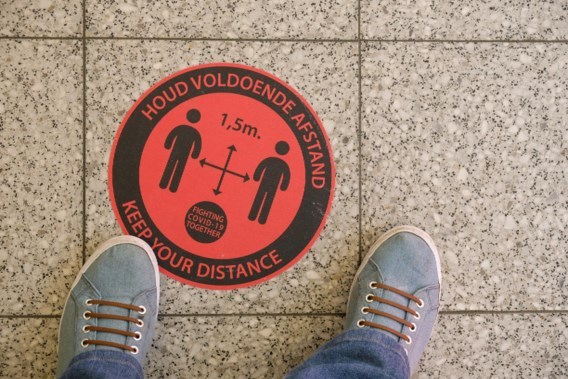Barely four out of 211 regions on the travel map of the European Centre for Disease Prevention and Control's (ECDC) are not coloured dark red in the latest update on Thursday – a new record.
In last week's update, most of Poland, one region of Hungary and the southern half of Romania were all still coloured red. This week, however, only four red regions remain: two in Poland and two in Romania.
Hungary is the 28th country to become completely dark red.
Updated ? maps are online!
These maps aim to support the @EUCouncil recommendation on travel measures in the EU during #COVID19 pandemic. Color-blind friendly map in the next tweet.https://t.co/CcBVx6B0o5 pic.twitter.com/hfyj9iFshi — ECDC (@ECDC_EU) January 27, 2022
For the 13th consecutive week, Belgium has a dark red colour code. According to the latest figures from the Sciensano national health institute, the country has an incidence of 4,766 confirmed cases per 100,000 inhabitants over the last fourteen days.
However, while the infection figures continue to rise quickly and the number of Covid-19 patients in hospitals also goes up in Belgium, the number of ICU patients is still dropping, to just 352 on Thursday.
Related News
- Youngsters trying to get infected with Covid-19 in order to travel
- Austria ends lockdown for unvaccinated, measure deemed 'no longer useful'
A country or region colours dark red if the coronavirus incidence rate (number of infections per 100,000 inhabitants) over the past 14 days is 500 or more. The number of hospitalisations or ICU patients are not taken into account.
The ECDC publishes its European map every Thursday based on the number of infections and the percentage of positive tests over the past 14 days. The map has four colours – green, orange, red and dark red – which reflect the epidemiological situation in each region.

